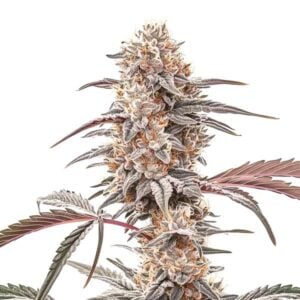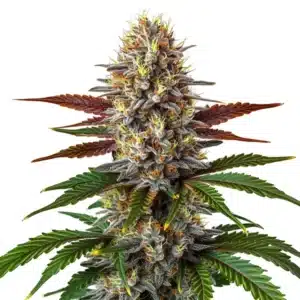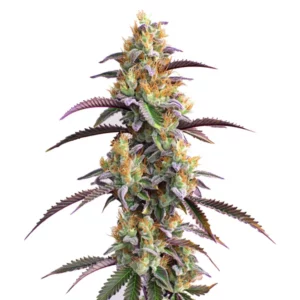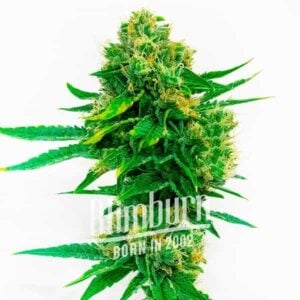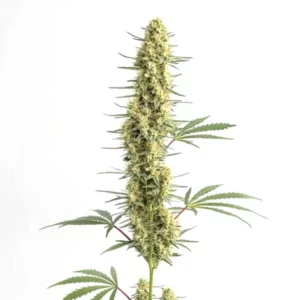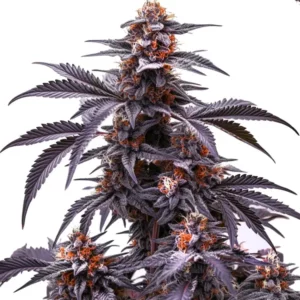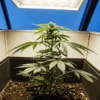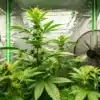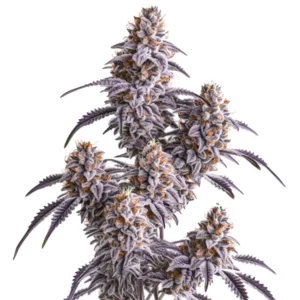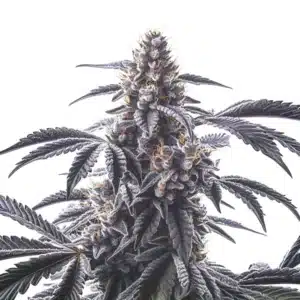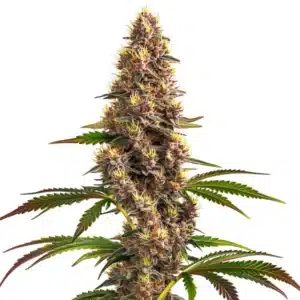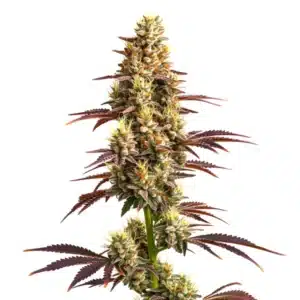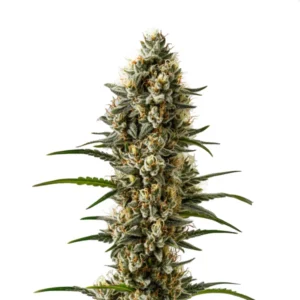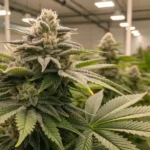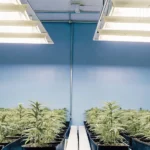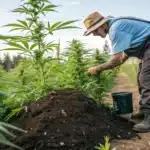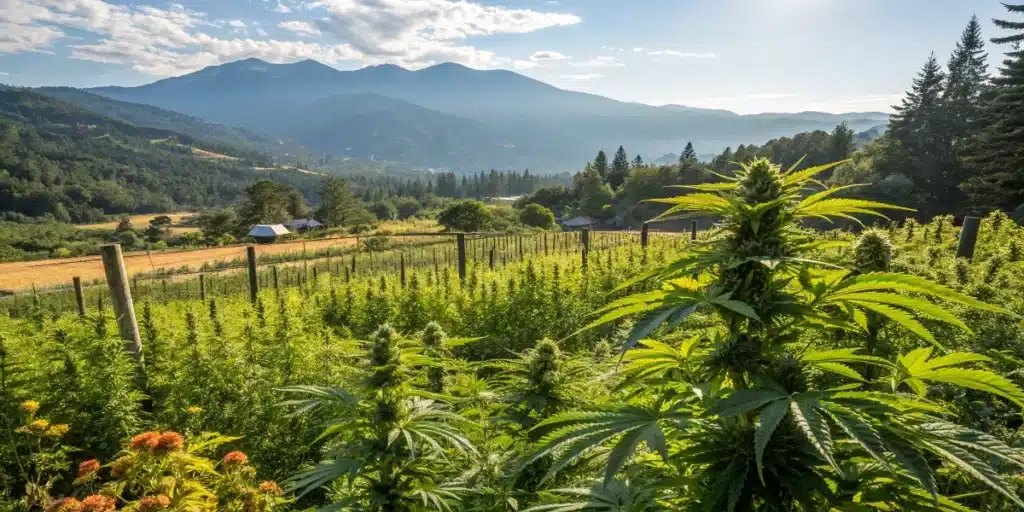
Planning Your Grow: When to Plant Weed for Best Results
Knowing Plant Maturity
Growing cannabis involves more than just putting seeds into the soil and hoping for the best. Understanding plant maturity is essential for achieving optimal yields. Maturity refers to the different stages your plants will go through from seedling to harvest. Recognizing these phases helps you determine when to plant weed effectively so that your plants reach their full potential.
Growth stages have a direct impact on when to plant weed. Seedlings, vegetative plants, and flowering plants all have unique requirements and timelines. The seedling stage typically lasts 2-3 weeks, during which time the young plants will develop their first true leaves. After that, they will enter the vegetative stage, where they grow rapidly and prepare for flowering. This stage can last anywhere from a few weeks to several months, depending on your growing conditions and strain. Finally, the flowering stage is when the plants begin to produce buds, lasting 6-12 weeks.
Recommended Strains
Biscotti
|
|
THC | 25% - 30% (High) |
|
|
Type | Feminized |
|
|
Yield | Medium |
|
|
Phenotype | 80% Indica / 20% Sativa |
Biscotti Mintz
|
|
THC | 22% - 25% (Medium) |
|
|
Type | Feminized |
|
|
Yield | High |
|
|
Phenotype | 80% Indica / 20% Sativa |
Timing precision is critical in this process. If you plant too early or too late, you might miss the ideal conditions for growth. For outdoor growers, the best time to plant is usually after the last frost in spring. This ensures that your plants have enough sunlight and warmth to thrive. For indoor growers, you have more control over the environment, allowing you to plant at any time of the year. However, consider the growth cycle of your specific strain to maximize your yield.
Promos & Deals
Cannabis Growth Timeline at a Glance
Knowing the complete cannabis growth cycle is essential for any successful grow, whether you’re a beginner or a seasoned cultivator. Having a clear overview of the timeline helps you better plan each stage, prepare in advance, and make more informed decisions about the best time to plant cannabis. Timing isn’t just about planting; it’s about knowing what comes next and how long it will take to get there.
Growth Stages Breakdown
Each phase in the cannabis lifecycle has a general timeframe that can vary slightly depending on strain and growing method. Here’s a basic timeline to guide you from start to finish:
- Germination: 1–7 days – Seeds crack and produce taproots.
- Seedling Stage: 2–3 weeks – First true leaves develop; plant establishes roots.
- Vegetative Stage: 3–8 weeks – Plants grow rapidly, focus on leaf and stem development.
- Flowering Stage: 6–12 weeks – Buds form and mature; flowering time depends on strain.
- Harvest & Post-Harvest: 1–2 weeks drying + 2–4 weeks curing – Final steps to preserve flavor, potency, and aroma.
While these durations serve as a general guide, always refer to your strain’s genetic profile for more accurate planning.
When to Plant Weed: Timing and Yield Optimization
Perfecting your grow timing is a direct route to maximizing yields. If each phase is started and ended at the right moment, your plants are more likely to express their full potential bigger buds, more trichomes, and overall better health. Mistimed transitions, on the other hand, can result in stunted growth, hermaphroditism, or reduced potency.
For example, transitioning to flowering too early may produce small plants with limited bud sites, while keeping plants in the vegetative stage for too long can make them unmanageable in smaller grow spaces. To get the most out of your efforts, always keep a close eye on environmental conditions and plant development, and match that with a well-structured grow calendar.
Best Times to Plant Weed Indoors vs Outdoors
The best time to plant weed depends heavily on your growing environment. While indoor growers enjoy year-round flexibility, outdoor cultivators must align their schedules with local climate conditions. Understanding these differences can help you avoid setbacks and fully optimize each grow cycle.
When to Plant Weed. Outdoor Planting by Climate Zone
For outdoor growers, knowing when to plant weed means studying your local climate. In general:
- Temperate zones: Plant after the last frost usually between late April and early June. Harvest by late September to early October.
- Dry, arid zones: Start early in spring to avoid scorching summer temperatures during flowering. Shade and irrigation may be needed.
- Tropical zones: Multiple harvests may be possible. Use daylight hours as your guide plant when days start to lengthen.
- Cold or high-altitude zones: Choose fast-flowering or autoflower strains. Plant as soon as the danger of frost is gone.
Matching your strain’s flowering window with your climate’s predictable weather patterns is key to a successful outdoor grow.
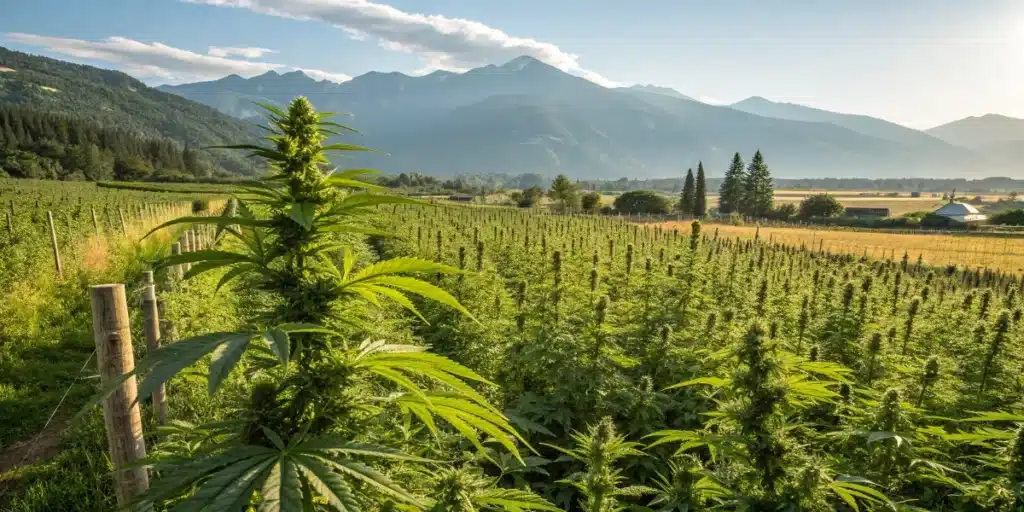
When to Plant Weed. Indoor Flexibility and Strategic Timing
One of the biggest advantages of growing indoors is that you’re not limited by seasons or daylight. You decide exactly when to plant weed and how long each phase lasts. This allows you to plan multiple harvests per year or time your grow around vacations, work schedules, or energy costs.
With full control over light, temperature, and humidity, indoor growing gives you precision that’s impossible outdoors. Want to keep your plants in vegetative growth longer for larger yields? You can. Need to flip to flowering early to save space? No problem. Whether you’re using a grow tent or a custom room, the flexibility of indoor cultivation means your plants grow on your terms not Mother Nature’s.
Environmental Setup
Optimizing conditions is key when deciding when to plant weed. The cannabis climate control involves managing various environmental factors such as temperature, humidity, and light. Each of these elements plays a significant role in plant health and growth. In the vegetative stage, cannabis plants thrive in temperatures between 70-85°F (20-29°C) during the day and slightly cooler at night.
Humidity levels should be around 40-60% during the vegetative phase to encourage healthy growth. If humidity is too high, it can lead to mold and other issues. In contrast, lower humidity levels are preferred during the flowering stage to prevent bud rot and other moisture-related problems. By monitoring these factors, you can create a conducive environment for your plants.
Another important aspect of environmental setup involves light. Cannabis plants require a lot of light, especially during the vegetative stage. For indoor growers, using high-intensity discharge (HID) lights or LED grow lights will yield the best results. Ensure your lighting schedule aligns with the growth stage; for instance, 18 hours of light and 6 hours of darkness during the vegetative phase is optimal. Outdoor growers should focus on planting when the days are longer to take advantage of natural sunlight.
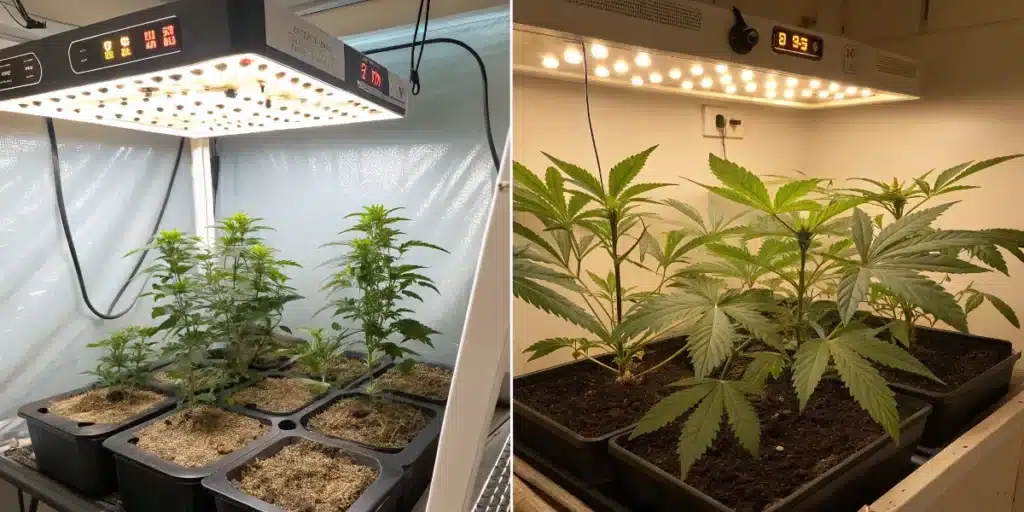
Common Pitfalls
Understanding when to plant weed is not just about timing; it’s also about avoiding common pitfalls that can derail your grow. One of the most significant mistakes is not considering local climate conditions. If you live in an area with unpredictable weather, planting too early can expose your young plants to frost, which can devastate your crop.
Another frequent error is overwatering or underwatering your plants. Cannabis plants require a delicate balance of moisture. Overwatering can lead to root rot, while underwatering can stunt growth. Use a moisture meter or your finger to check the soil before watering. This ensures you’re providing the right amount of hydration at the right time.
Lastly, don’t overlook the importance of pest management. Healthy plants attract fewer pests, but being proactive is crucial. Regularly inspect your plants for signs of pests or disease and act quickly if you notice any issues. By staying vigilant, you can protect your plants and ensure a successful harvest.
FAQS
What is the best time of year to plant weed?
The best time to plant weed outdoors is typically after the last frost in spring. This allows your plants to benefit from longer daylight hours and warmer temperatures that are essential for growth.
Can I plant weed indoors at any time?
Yes, indoor growers have the flexibility to plant weed at any time of the year. However, it’s important to consider the specific growth cycle of the strain you are cultivating to optimize your yield.
How can I control the climate for my cannabis plants?
Controlling the climate for your cannabis plants involves managing temperature, humidity, and light. Utilize fans, heaters, and humidifiers to create an optimal environment for your plants’ growth stages.


